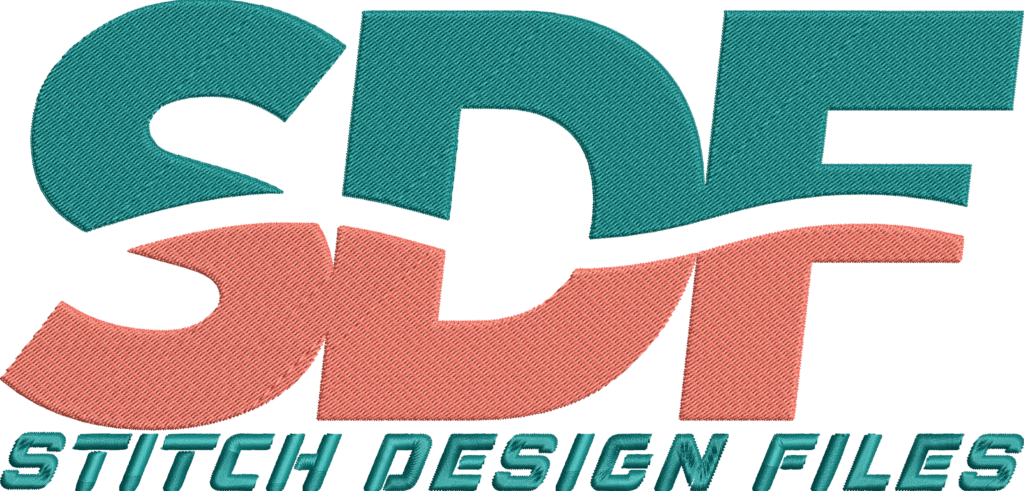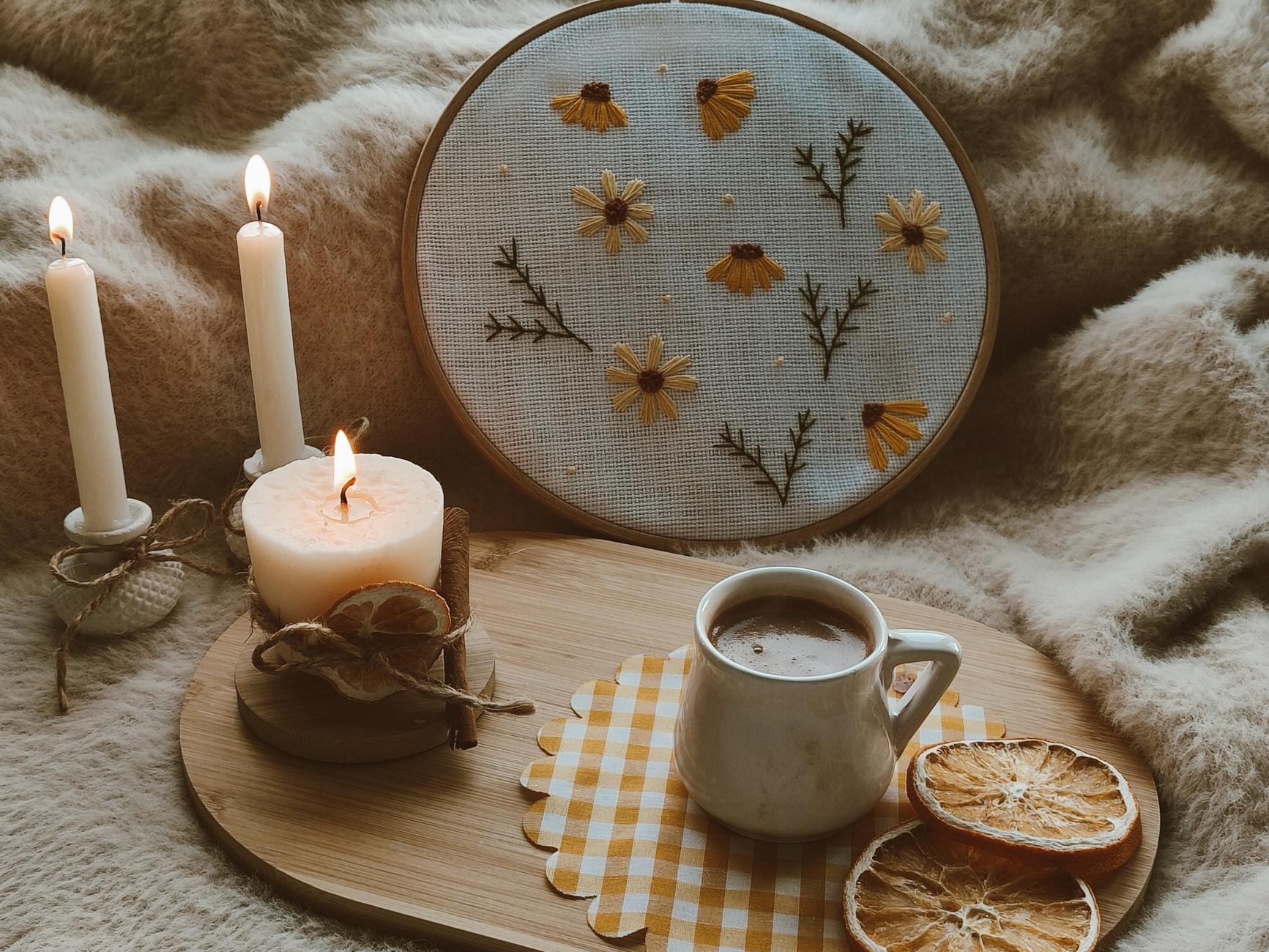No products in the cart.
Embroidery Tips & Guides
How to Stitch Embroidery Mug Rug Designs
How to Stitch Embroidery Mug Rug Designs
Embroidery mug rug designs offer a creative and practical project for machine embroidery enthusiasts, combining artistry and functionality. Understanding how to stitch these designs using machine embroidery files enables crafters to produce beautifully detailed mug rugs that serve as decorative accents and practical beverage coasters.
- Step-by-step guidance simplifies the creation of embroidery mug rugs using in-the-hoop techniques.
- Proper material selection, including fabric, batting, and stabilizer, ensures professional results.
- Compatibility with various embroidery machines, including Brother embroidery machines, expands accessibility.
- Knowledge of embroidery file formats such as PES embroidery format aids in project preparation.
- Embellishments and personalization options enhance the uniqueness of finished mug rugs.
Introduction: Benefits of Machine-Embroidered Mug Rugs
Mug rugs are small, decorative fabric mats that complement everyday beverage enjoyment by holding mugs and sometimes snacks. Machine embroidery offers precision and design versatility, enabling both beginners and experienced embroiderers to create intricate, durable, and visually appealing mug rugs. These projects cater to hobbyists, crafters using machines like Brother embroidery machines, and small business owners seeking quality products to sell. With the availability of digital machine embroidery files in formats such as PES embroidery format, the process of producing mug rugs has become increasingly streamlined and customizable.
This tutorial addresses the practical steps and considerations involved in stitching embroidery mug rug designs, providing a comprehensive resource for those looking to enhance their crafting skills or expand their product offerings.
Definitions and Explanations
An embroidery mug rug is a functional and decorative item, generally measuring around 5 x 7 inches, designed to support a mug and occasionally a small treat such as a cookie. The term “mug rug” reflects its dual role as a miniature placemat and coaster. These items are often created using machine embroidery techniques, which automate stitching through digital designs, accelerating production while enabling intricate patterns.
Machine embroidery files are digital pattern files interpreted by embroidery machines, which direct the stitching process. These files come in various formats, including PES, JEF, DST, HUS, and XXX, each compatible with different brands and models of embroidery machines.
In-the-hoop embroidery is a method where all stages of the project—design, applique, quilting, and final assembly—are completed within the embroidery hoop, eliminating extensive hand sewing and facilitating precise alignment.
PES embroidery format is one of the most widely recognized machine embroidery file types, compatible with Brother embroidery machines and other popular models. Utilizing PES format files ensures broad usability and ease of access to high-quality embroidery designs.
Practical Use Cases in Machine Embroidery
Stitching embroidery mug rug designs provides several practical applications:
- Gift creation: Personalized mug rugs featuring names, dates, or thematic embroidery motifs offer meaningful, handcrafted gifts for occasions such as holidays or birthdays.
- Home décor enhancements: Stylish mug rugs add charm and personality to kitchen and dining settings.
- Small business products: Handmade mug rugs featuring detailed embroidery appeal to customers seeking original and quality-crafted items, supporting entrepreneurial endeavors.
Utilizing machine embroidery files for mug rug projects enhances speed and design accuracy, especially when working with sophisticated patterns or repeat orders. For example, embroidery enthusiasts using Brother embroidery machines can easily load PES embroidery format files into their machine software and proceed with stitching, reducing setup time and minimizing error.
Free and commercial embroidery mug rug designs are available from numerous digital embroidery libraries, enabling crafters to access fresh patterns regularly. Incorporating applique elements and decorative stitches further elevates the visual impact of these projects.
Benefits for the Target Audience
Both hobbyists and professional crafters experience significant benefits from embroidering mug rugs:
- Efficiency: In-the-hoop designs simplify construction, combining multiple layers and stitching steps without manual assembly.
- Customization: Designs can be tailored with color changes, applique fabrics, and embellishments, facilitating unique creations.
- Skill development: Projects using machine embroidery files provide opportunities to enhance digitizing understanding, hooping techniques, and thread management.
- Marketability: High-quality embroidered mug rugs appeal to consumers seeking handmade goods, supporting small business growth.
This versatility ensures that machinists using various embroidery brands, including Brother embroidery machines, can effectively produce charming mugs rugs, whether as personal projects or retail inventory. Additionally, familiarity with the PES embroidery format and related embroidery file types allows seamless integration of designs into one’s production workflow.
Limitations and Challenges
Despite the advantages, several limitations may arise:
- Fabric selection: Inappropriate fabrics can result in puckering or instability during stitching; cotton and sturdy woven fabrics are recommended.
- Stabilizer use: Choosing the correct tear-away stabilizer is essential to maintain fabric integrity and simplify finishing.
- Batting bulkiness: Excessive batting may cause stitching difficulties and an uneven surface; trimming close to stitch lines is critical.
- Machine compatibility: While many modern embroidery machines support common formats, ensuring file compatibility avoids stitching errors.
Learning proper hooping and fabric layering techniques mitigates misalignment risks common to multi-layer embroidery projects. Beginner crafters may require practice to master thread color changes and in-the-hoop trimming procedures to achieve professional-quality mug rugs.
Step-by-Step Guide to Stitch Embroidery Mug Rug Designs
1. Prepare Your Materials
Begin by selecting the essential materials:
- Fabric: Use cotton or similarly sturdy fabric for the mug rug’s top and back layers.
- Batting: Choose thin quilt batting for appropriate insulation and structure.
- Stabilizer: Tear-away stabilizers, such as Madeira E-Zee Tear 1.5 oz. or Floriani Tearaway Medium, prevent puckering and maintain stitching clarity.
- Thread: Coordinate high-quality embroidery thread colors to complement the design.
- Embroidery Design: Download in-the-hoop mug rug designs, often supplied with dieline templates for precise fabric cutting.
2. Cutting the Fabric
Following the included dieline files, print and temporarily adhere the patterns to fabric to cut accurate shapes. Light spray adhesive is recommended for secure handling. Cut batting slightly larger than the top fabric to allow proper alignment, and secure it using light spray adhesive before trimming. Back and side fabrics, used for the mug rug’s reverse side, should be cut without batting.
3. Hooping the Stabilizer
Select a hoop compatible with the size of the mug rug design. Hooping a tear-away stabilizer first ensures a stable foundation. Position batting and top fabric over the stabilizer within the hoop, confirming corners align. Applying tape at the corners may be optional if batting adheres well.
4. Embroider the Design
Machine embroidery commences with stitch placement lines. Following the stitching sequence, layer fabrics as prompted. After certain passes, carefully trim excess batting close to stitch lines, always maintaining the hooped state. The machine will continue with decorative stitching and applique details programmed into the design.
5. Final Assembly
Position the back fabric with right sides facing out over the layered top fabric and batting. Stitch the perimeter to secure all layers within the hoop. Upon completion, remove the stabilizer by tearing it away carefully and trim any excess fabric or batting for a finished appearance.
Additional Tips and Best Practices
- Combine contrasting or coordinating fabrics for visual dynamics.
- Manage thread changes efficiently to enhance design details and borders.
- Trim batting snugly to stitch lines to avoid unnecessary bulk without damaging embroidery.
- Utilize reputable embroidery design libraries offering diverse mug rug patterns for consistent inspiration.
- Consider personalized embroidery such as names or festive motifs for gifting purposes.
Summary and Call to Action
Mastery of how to stitch embroidery mug rug designs empowers crafters to produce unique, professional-quality items suitable for personal use and market sale. This process involves appropriate material selection, precise fabric cutting using dielines, hooping stabilizers correctly, and following step-by-step machine embroidery instructions to complete the design in-the-hoop. Utilizing compatible machine embroidery files, such as those in PES embroidery format for Brother embroidery machines, streamlines the process and broadens creative possibilities.
Explore the Donald Duck Mug Embroidery collection for whimsical, themed mug rug projects that illustrate professional technique and detailed design. Continually expanding embroidery skills and design libraries supports both passionate hobbyists and small business owners in crafting memorable, high-quality embroidered mug rugs.

